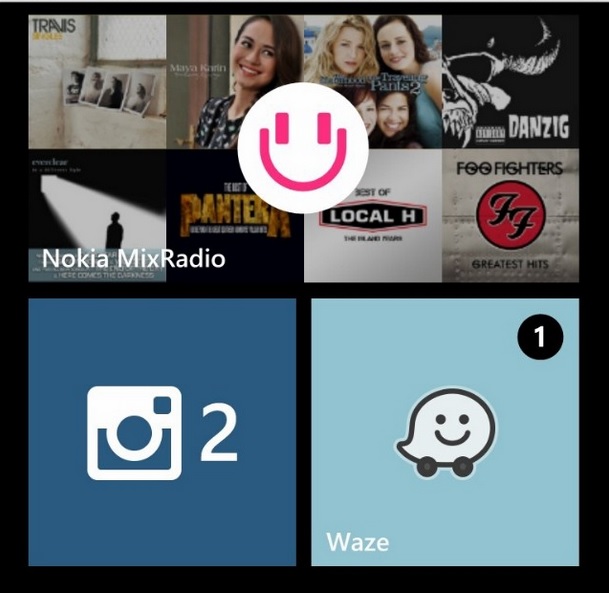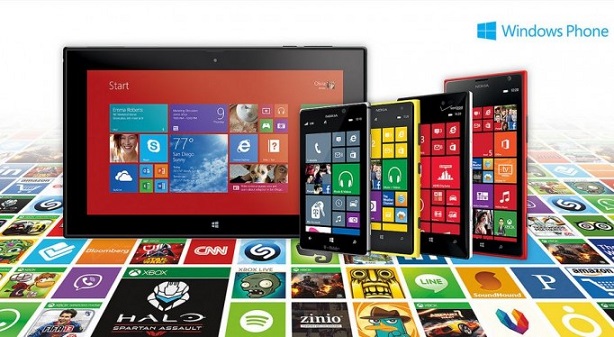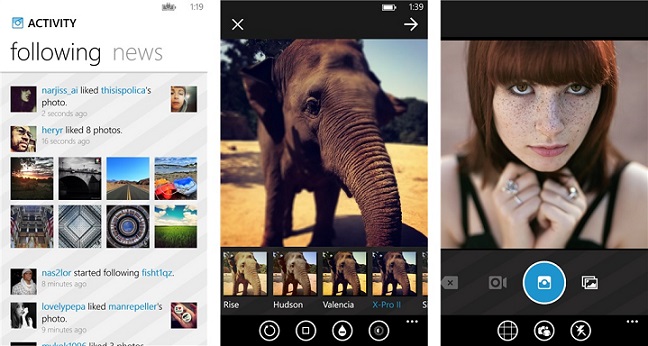It was a big day for Microsoft. Late last night, the company announced the arrival of possibly the app that every Windows Phone 8 user had been waiting for: Instagram. A few hours later, Microsoft also announced that popular GPS navigation app, Waze, is now also available for the platform. Two new apps that already exist on other platforms may not sound like much, but for Microsoft and its WP8 ecosystem, this is huge.
So huge, that it may be time to truly take Windows Phone seriously as an alternative to Android and iOS.
Article continues after the jump.
The “App Gap”
Let’s start with the app gap. What exactly does it mean? As the term suggests, it is related to a platform’s app ecosystem. Established platforms such as Android and iOS have hundreds of thousands of apps, and is naturally home to some of the best apps and developers throughout the world develop for these platforms. The massive user base on both platforms ensures that if an app is good enough, it will garner plenty of downloads which translates to a handsome source of income for developers.
On the other hand, new platforms such as Windows Phone and BlackBerry 10 have issues with their app ecosystem: there isn’t one, or it is just too small. It is largely a chicken and egg conundrum: a new platform needs all the apps that established operating systems already offer to make it attractive to consumers, but developers won’t waste time and develop apps for an unproven platform with a small user base. It is this same reason that Nokia abandoned its highly-promising home-grown platform, MeeGo, in favour of Microsoft’s equally new Windows Phone, with the idea that Microsoft’s pull as a software company would entice more developers to develop apps for the platform.
http://www.youtube.com/watch?v=SQZEkXCE_fY
Over the past year or so since Windows Phone 8 was released, it has been a slow, long and arduous journey for the platform. The mainstream apps were coming to WP8, but they weren’t coming fast enough. A common scenario faced by some of us when we recommended Windows Phone to friends seeking to buy a smartphone would be when they ask if there are apps such as Instagram, Dropbox, or popular games like Candy Crush, or even services such as Google Drive and Google Now. When they find out that WP8 does not offer these apps, it quickly becomes clear what the app gap really means: a new user would not enter a platform that does not have the apps they need, even if there is a promise that they will come “soon”.
The Ecosystem
Another big issue behind the lack of apps on Windows Phone was simply because it was too cumbersome to develop apps for WP8. Apps need a complete rewrite in code, since Windows Phone code is written in C#, while Android and iOS are written in Java and Objective-C respectively, not to mention integrating the various UX differences and APIs. Given the effort required and considering the number of users on the platform, it was hardly surprising developers refused to develop for WP8.
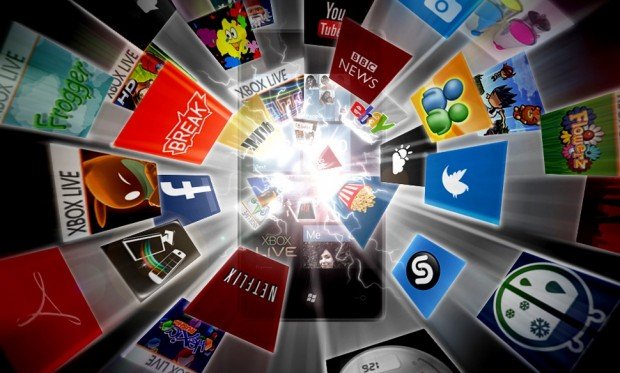 (Image credit: uberphones.com)
(Image credit: uberphones.com)
In addition, developing for WP8 was costly – $99 per year to register for a developer account. That’s the same price Apple charges developers to develop for iOS, and in contrast, Google doesn’t charge developers to develop for Android. It took Microsoft some time to see the folly in their decision, and in June the company slashed the price for a developer account…a lot. From the $99 per year license to develop for the platform – a major reason why smaller independent developers refuse to develop apps for WP8 – Microsoft cut the price down in to just a one-time price of $19.
The move has since paid off: the Windows Phone Store now has over 175,000 apps, and boasts 46 out of the top 50 apps on iOS and Android as of October this year (not including Waze and Instagram, of course). More developers are now developing native apps tailored to the platform, too: prior to Instagram’s official app, there have been several third-party apps for the service – some of which are pretty good, too, such as 6tag.
Now that there are more apps available, the number of users in the platform has also steadily increased. Nokia, who are pretty much the only company making Windows Phone 8 smartphones, saw the company selling 8.8 million devices in Q3 alone. It’s more than three times the amount the company sold in the same time frame last year, and over 1 million more than what it sold in Q2.
Looks like the app gap is well and truly overcome.
Beautifully Differentiated, But Still Work to be Done
On top of all this, Nokia’s role in differentiating the Windows Phone 8 platform shouldn’t be taken lightly. The Finnish company’s work on its HERE mapping technology is a viable alternative to Google Maps, and offers integrated voice-guided navigation and utilises augmented reality (AR) in innovative new ways. Let’s also not forget the sheer amount of innovation done in Nokia’s imaging efforts, which began with the PureView technology, and continues to improve today. The company also recently released the Nokia Imaging SDK for developers to leverage on Nokia’s imaging know-how to develop even more camera-centric apps for the Windows Phone 8 platform, which will only further increase the differentiation between Windows Phone 8 and other platforms.
http://www.youtube.com/watch?v=CT7tAMBQLsk
The platform’s Metro UI also isn’t for everyone, but it cannot be denied that it offers useful glanceable information that other platforms do not offer. It also works on less powerful hardware, too, allowing for a similar user experience from the low-end to the high-end (with the exception of some resource-heavy tasks such as games).
However, there is still work to be done before Windows Phone can really be taken seriously as an Android and iOS alternative. Its app ecosystem may be more fleshed out today, but it needs plenty more; developers may need to be enticed further before jumping on the new platform.
Microsoft needs to look at other issues within the WP8 operating system as well. Multitasking remains something that really needs working on, and the upcoming update for WP8 – which allows users to close apps from the app switcher window – is one step in correcting one of the platform’s most critical flaws.
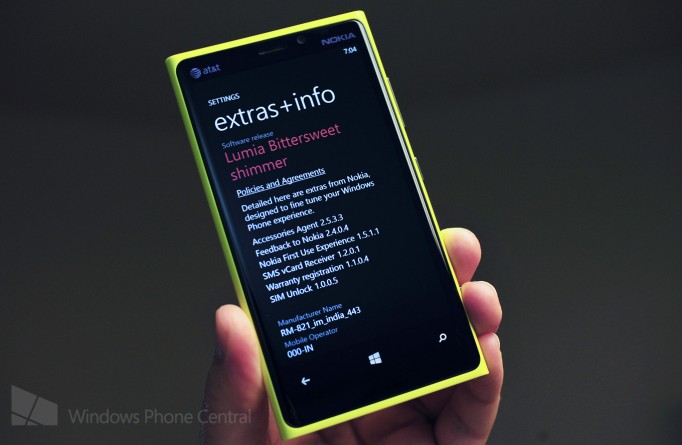 ...also known as the Lumia Black update (Image: WPCentral)
...also known as the Lumia Black update (Image: WPCentral)
Nokia, too, could begin exploring other ways into making Windows Phone devices that appeal to consumers. The company may have introduced devices with bright and cheerful colours in sturdy polycarbonate bodies, but it will need different options to attract even more users. The Lumia 925, for instance, is one such option that is different from other Nokia Lumia devices. Given their legendary expertise in industrial design, there is no one better at this task.
It’s come a long way since the days of Windows Mobile, and the numbers now truly justify the fact that Windows Phone 8 has won the race to be the third ecosystem in the mobile industry. But why settle for third when you can be numero uno? Things are slowly falling into place for Microsoft and Windows Phone, and the sun is slowly rising on the platform’s once-bleak future. I for one hope that soon, in Windows Phone or other alternative platforms, we will finally see a viable alternative to Android and iOS.
Keep it up, Microsoft.
(Featured image credit: Syefri Zulkefli)
Follow us on Instagram, Facebook, Twitter or Telegram for more updates and breaking news.


